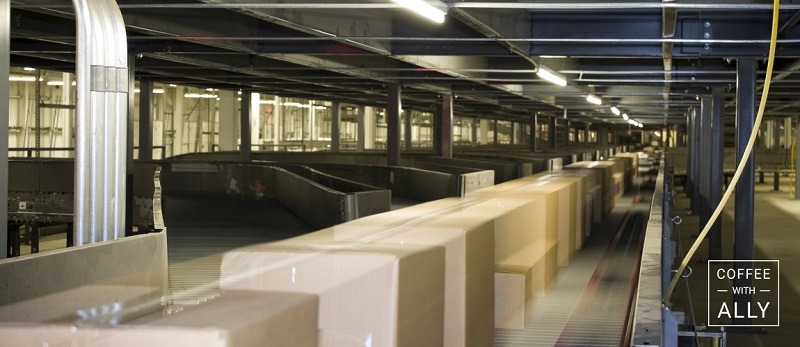
What is a Distributed Warehouse System?
There was a time that a customer would wait two to three weeks for their package to arrive. Those times are long gone. Customers want their products the next day, if not sooner. Fast delivery is great for customers since they get almost immediate satisfaction for their needs, but it presents a conundrum for businesses; how do you deliver goods fast without prohibitively increasing costs? The answer is a distributed warehouse.
How does a distributed warehouse work?
The objective of a distributed warehouse is to store, fulfill and deliver goods closer to the consumer. The business can lower delivery time and shipping costs by being closer to the consumer. A distributed warehouse system uses multiple, small warehouses within strategic locations to reduce cost and increase delivery efficiency.
A distributed warehouse can work under several models such as:
- Cross docking, wherein incoming products are unloaded from trucks and immediately dispatched into outbound trucks. The model eliminates storage costs, saves time, and fast tracks delivery. The model works for businesses that don't need storage space and services many channels.
- On-demand distributed warehousing enables you to use the spare warehouse space of another company. A service company will connect you to a business with excess warehouse space and is willing to share it and store your inventory. Using the model, you can get your products closer to the consumer without spending money on real estate or rentals.
- Outsource inventory management and fulfillment to a third-party logistics company. This model enables you to access a more comprehensive network of warehousing and delivery services without investing in infrastructure.

Benefits of a distributed warehouse
There are several benefits of using a distributed warehouse system. But the main ones are reducing costs and delivery times.
The warehouse is closer to the consumer, reducing the delivery times for an order. Since the goods don't have a great distance to travel, the business won't have to pay costly fees for expedited delivery options like air shipping.
Shipping costs correlate with distance—the greater the distance, the higher the costs. As the goods are near the consumer, the company can ship products at a substantially lower cost.
A distributed warehouse is accessible to small and large enterprises, especially through third parties. The business will achieve the objectives of reducing costs and delivery times.
Sweet Tips from Ally:
As technology advances, new trends in the warehousing sector are also evolving fast. More trends will continue to emerge in the near future, which will help define the direction of warehousing operations.

Would you like a
coffee with ally?
and get tips on how to grow your business!
















start a conversation